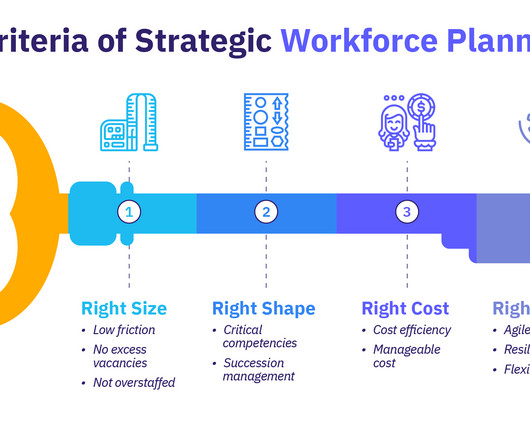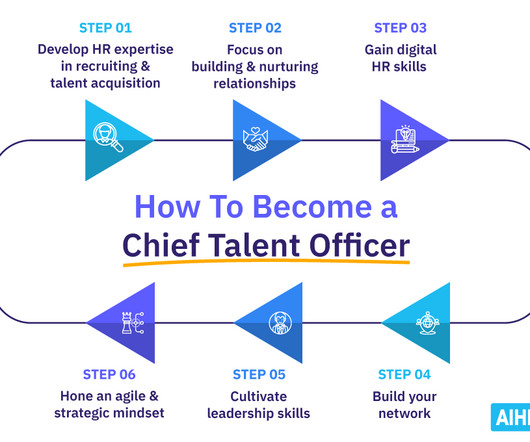Organizational Talent Pools: 4 Steps to Developing Employees
HR Bartender
JUNE 14, 2018
Talent pools allow organizations to develop employees in areas that align with company competencies and values instead of focusing on developing specific position skills. ” In addition, talent pools provide the flexibility needed in emerging or developing industries.






















































Let's personalize your content